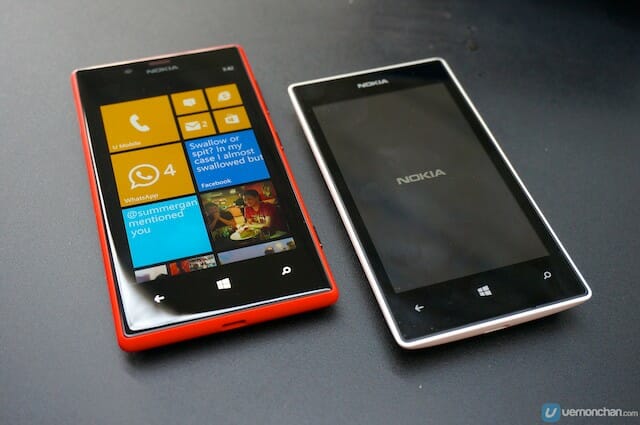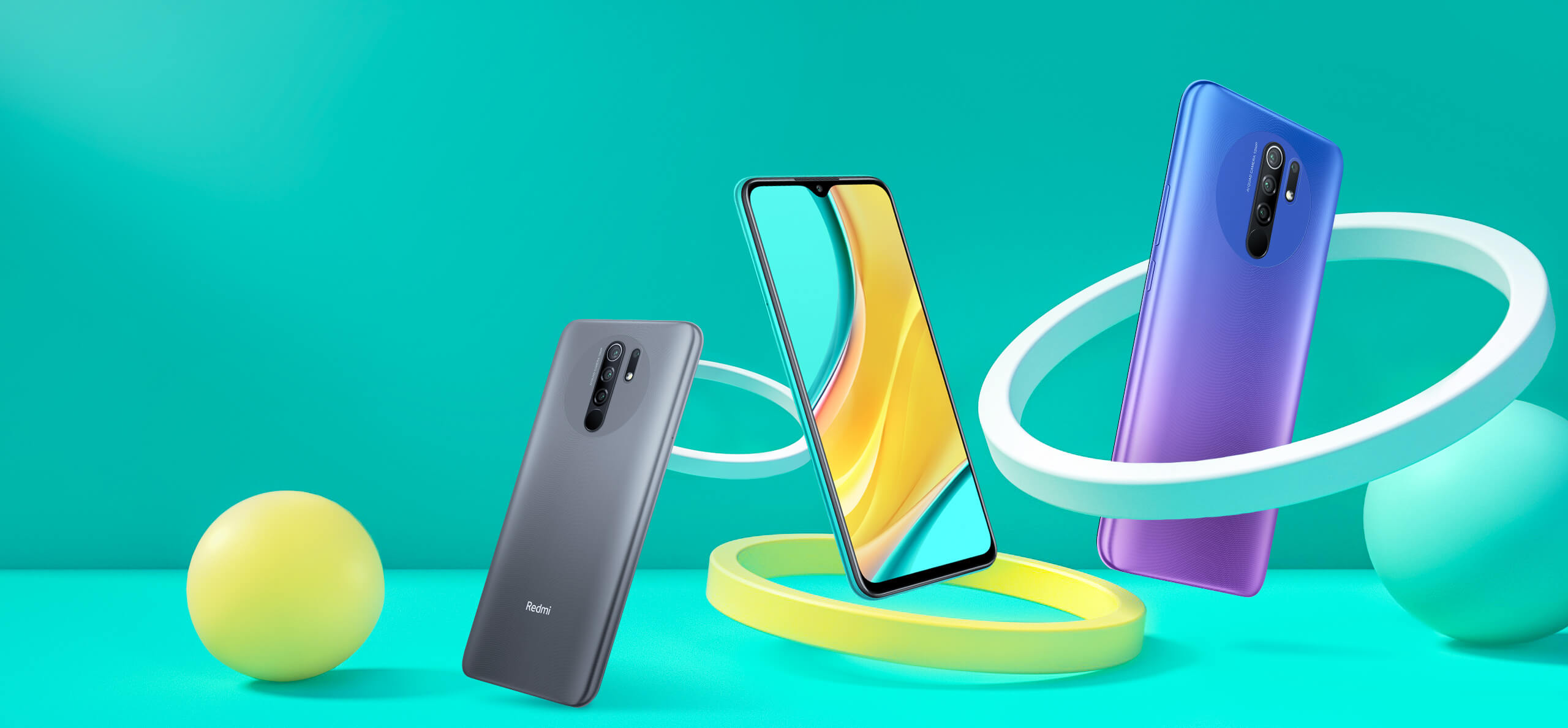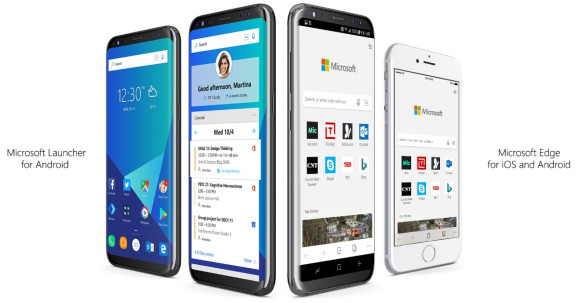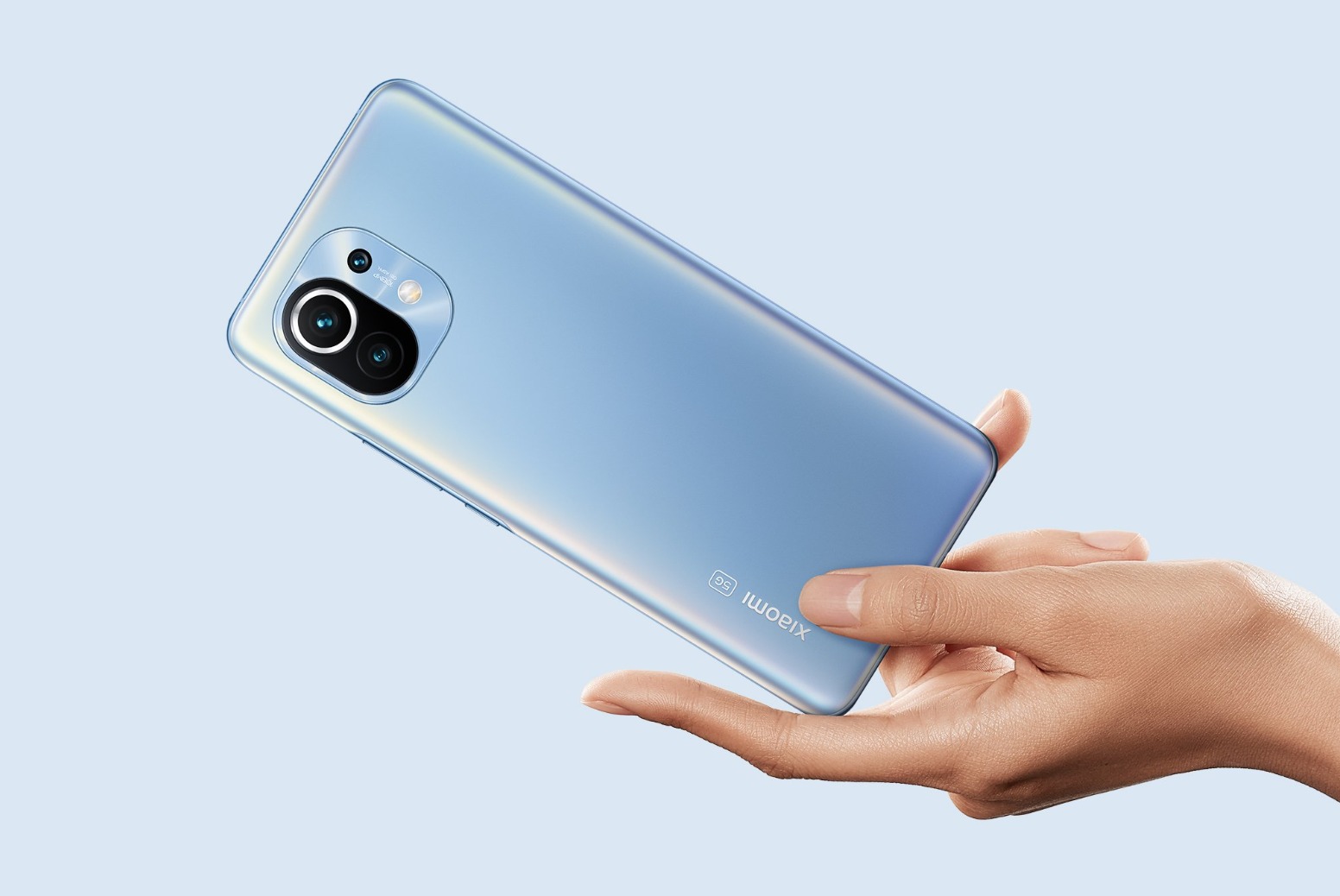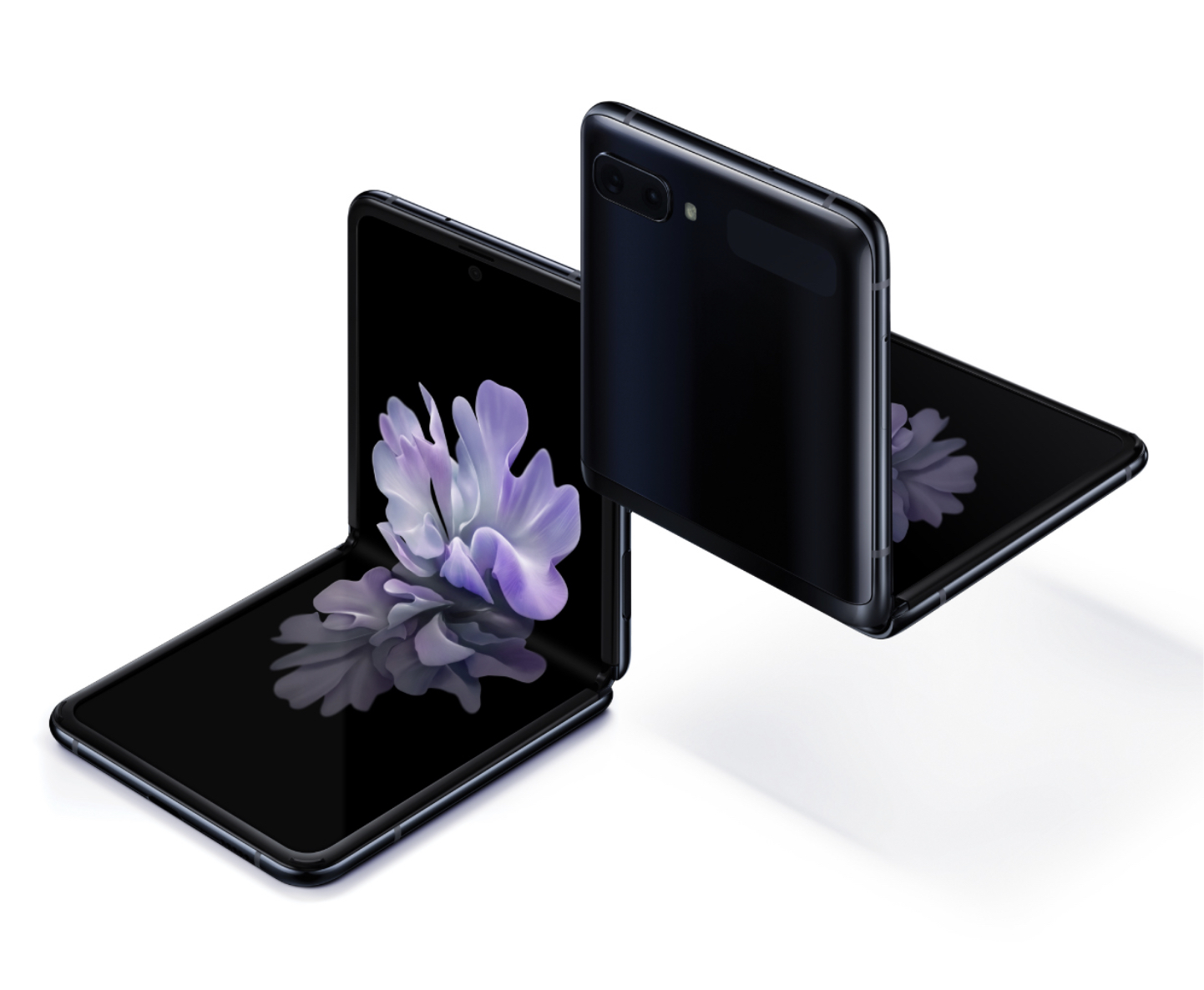We all saw it coming. Windows Mobile is faded, jaded and has been for a while. After having seemingly done everything it could, Microsoft is admitting it’s all over.
In a tweet yesterday, head of Microsoft’s mobile business, Joe Belfiore said Microsoft will continue to support Windows 10 Mobile with bug fixes and security updates. However, there will be no feature updates or new hardware.
Of course we'll continue to support the platform.. bug fixes, security updates, etc. But building new features/hw aren't the focus. ? https://t.co/0CH9TZdIFu
— Joe Belfiore (@joebelfiore) October 8, 2017
Microsoft has struggled for years to increase its market share in the mobile space beyond single digits.
The Redmont giant acquired Nokia’s mobile business in 2014 for a whopping USD7.2 billion. Despite focusing on the flagship Lumia devices and “business” phones, then Windows Phone’s market share topped just 2.2 percent globally in 2015.
Microsoft eventually sold off its phone assets to FIH Mobile, a subsidiary of Foxconn, and Taiwanese firm HMD Global for USD350 million.
It isn’t that Microsoft didn’t try. It did. Belfiore said Microsoft “tried very hard” to incentivize app developers to develop apps for the platform. The fact was, the volume of users was just too low for most companies to pour resources into the ecosystem.
The value proposition of Windows 10 being the “everywhere OS”–letting users move easily between desktop, tablet and mobile; and most importantly, for developers to easily deploy to different devices, has not quite worked as planned.
He lamented that Microsoft even paid developers and wrote apps for them but to no avail.
The bigger they are, the harder they fall
The smartphone industry has seen some giants fall. Palm. Nokia. BlackBerry. HTC. It can be cruel, brutal even. Tides change. Trends come and go. Industries shift.
Microsoft themselves aren’t exactly new to the game, though.
In fact, it’s been in the mobile space for more than two decades. Remember Windows CE and the personal digital assistant (PDA)? That was 1996.
Windows CE evolved into Pocket PC 2000, then Pocket PC 2002 before becoming Windows Mobile in 2003.
It was the most popular smartphone OS in the US in 2007. Then the iPhone happened. And who can forget: then Microsoft CEO Steve Ballmer laughed at Apple’s mobile device, calling it a “not very good email machine.” He also said nobody would pay USD500 for a phone.
We all know how that panned out.
It’s the end of the road for Windows Mobile. For now. In the mobile space though, anything is possible.
Gone, but not completely
But hey, there’s still SwiftKey. And Microsoft’s productivity suite for mobile (which are awesome), OneDrive, and the excellent Android launcher called Microsoft Launcher (formerly Arrow). And oh, there’s an Edge browser for iOS (with an Android version coming soon).
I’m just wondering if Bill Gates is using the Microsoft Launcher on his spanking new Android device.
Will we see Windows Mobile again? Never say never.
Source: cnet


